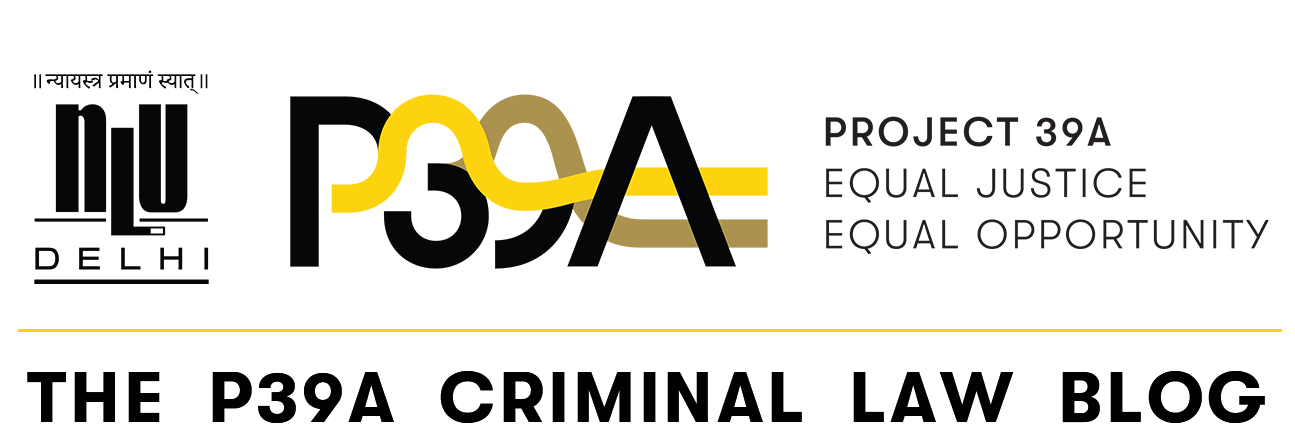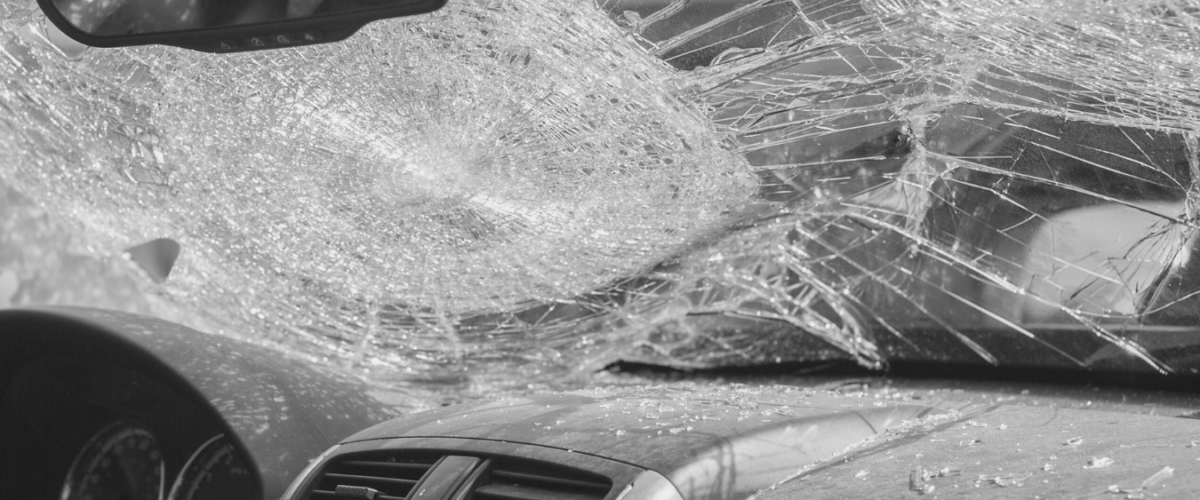
Nimisha Srivastava
There is serious public outrage brewing currently, over the ‘lenient’ bail conditions given to a 17-year-old minor, who allegedly crashed his father’s Porsche under the influence of alcohol on the night of May 19, instantly killing two software professionals. The ‘Pune Porsche’ case, as it has come to be known, is a deeply horrifying incident – two young lives lost, apparently due to the carelessness and unabashed abuse of privilege by an affluent teenager.
There are a few aspects to unpack here, which this piece attempts to do – first, what exactly does the law lay down? Second, was the law followed in this case? Third, is the public outrage, though understandable, placed correctly in the demands being made – in terms of bail for the juvenile, as well as exploration of the ‘judicial waiver’ – the option to ‘treat the child as an adult’ in the judicial process?
The law on bail for Children in Conflict with Law
When the minor was first produced before the Juvenile Justice Board (JJB) by the police, Section 12 of the Juvenile Justice (Care and Protection of Children) Act, 2015 (JJ Act) placed three options before them, irrespective of whether the offence was bailable or non bailable:
- Release him on bail with or without surety
- release him under the supervision of a probation officer
- release him under the care of a fit person
while providing for the following three situations under which bail could be denied:
- reasonable grounds for believing that the release is likely to bring that person into association with any known criminal
- expose the said person to moral, physical or psychological danger, or
- the person’s release would defeat the ends of justice.
A plain reading of these components shows that the preponderant direction of the law is to avoid incarceration of the Child in Conflict with Law (CiCL). The use of the word ‘child’ in the law, as opposed to the more commonly used term ‘juvenile’, is intentional, in line with the principle of ‘non stigmatising semantics’ of the JJ Act.
Judicial interpretation of Section 12
In Naisul Khatun vs. State of Assam and Ors. (2010), a Division bench of the Gauhati High Court analysed the criteria for deciding on the bail application of a juvenile under Section 12 of the Act, 2000 (which reads the same as the provision in the current law, the 2015 Act, post a 2006 amendment). While noting the distinctive nature of provisions that follow a process of elimination for refusing grant of bail, the bench observed “…shorn of unnecessary verbiage, the Section would read : ‘such (a juvenile) shall be released on bail, but he shall not be so released if there appear reasonable grounds for believing that the release is likely to…..’. Refusal to bail out a juvenile is, therefore, more in the nature of protective custody rather than penal custody.”
The judgement goes on to speak of the ‘reverse onus’ requirement – that there need to exist compelling reasons for NOT giving bail to a CiCL. Delving further, the JJB in the Pune case, could not reasonably expect that giving bail to the minor would expose him ‘to a known criminal’ or put him in danger. Regarding the third ground for not giving bail, i.e. release defeating the ‘ends of justice’ one would need to understand what the ‘ends of justice’ would constitute in such situations.
The High Court of Jammu and Kashmir and Ladakh, in “X” Juvenile vs. Union Territory of J&K (2024) has provided an interpretation of this provision, while responding to an appeal against dismissal of bail to a CiCL, and opined “The words “ends of justice”…are required to be interpreted, understood and appreciated in the light of the object of the legislation… It is only such a measure that seeks to address welfare of the child in conflict with law would alone serve the ends of justice.”
The question of whether Sections of the Criminal Procedure Code on bail may be applicable in cases of minors too has been dealt with, with the High Court of Chhattisgarh in Tejram Nagrachi Juvenile vs. State of Chhattisgarh and Ors. (2019) explicitly stating “the post arrest bail of juvenile in conflict with law is required to be dealt with under the special provision contained in Section 12 of the Act of 2015 and to the said extent it will exclude operation of Section 437 and/or Section 439 of the Code.”
An objective reading of the law and relevant case law, however counterintuitive it may seem to the instinctive desire to penalise the perpetrator of a crime as egregious as this, shows that the decision of the Juvenile Justice Board (to grant bail to the CiCL) is in line with precedent and the object and spirit of the Juvenile Justice Act.
The 300 word essay
Coming to the next aspect, that seems to bear the responsibility of setting off an avalanche of public anger – the bail conditions that included ‘writing a 300 word essay on road accidents and their solution’ and ‘working with the RTO to understand traffic rules’ – I would like to inspect both the timing and relevance of these conditions.
The JJ Act lays down a process for ‘adjudication and disposal of matters in the best interest of children’ (JJ Act Preamble), setting up a system distinct from the adult criminal justice system for ‘apprehension, detention, prosecution, penalty or imprisonment, rehabilitation and social reintegration of children in conflict with law’. The distinctive aspect here is the focus on rehabilitation and reintegration, rather than punishment. However, the JJ system follows the basic tenets of criminal justice procedure, same as adult courts. An allegation of a crime does not trigger an automatic punishment for the accused. A judicial body (a JJB, in this case), looks at the evidence placed before it by the police, gives the accused a chance to defend themselves, through the right to avail legal representation, and finally draws a conclusion regarding the guilt of the CiCL. However obvious someone’s involvement in a crime may seem, this ‘due process’ right is the bedrock of rule of law in any modern society.
The condition to ‘write a 300 word essay’ seems to denote a presumption that the minor did indeed commit the crime, before the inquiry into the CiCL’s guilt could take place – hence a violation of the ‘presumption of innocence’ principle of the JJ Act, as well as the basic principles of due process. The direction, along with that of working with the RTO, seems to be a misguided attempt to trigger some self-reflection in the 17 year old regarding the dire impact of his actions – without it actually being proven through evidence that he committed them in the first place. The fact that these conditions do not take into account the gravity of the situation was an additional misjudgement on the part of the JJB.
Nevertheless, it is worrisome that the JJB member who wrote the bail order is also being targeted now. The constitution of a ‘Juvenile Justice Board’ differs from an adult criminal court, consisting of a judicial officer referred to as ‘Principal Magistrate’(PM) and two ‘social worker members’, at least one of them a woman. The latter are supposed to bring a child rights oriented perspective to the orders and decisions of a JJB. If one were to look beyond the obvious in this instance, the erroneous bail order is a result of a gap in capacity building of social worker members alongside the judicial officers of their own JJBs. In this author’s experience, JJBs across the country do not receive training as a unit, and thereby often fail to function as one. The Supreme Court in Sampurna Behura vs. Union of India (UOI) and Ors. (2018) addressed this lacuna too, saying “…the nature of training given to the Principal Magistrate and the social workers is somewhat ad hoc and unstructured.”
A clearly reasoned bail order citing provisions of Section 12, along with supervisory conditions limiting the movement of the minor and instructing cooperation with the police’s investigation would have been a more appropriate route, and perhaps led to lesser outrage.
For the many people concerned about ensuring justice for the victims – it is important to understand that the process is not complete yet, and the directions given by the JJB were part of a bail order, not a final order given after examining evidence, and understanding more about the background of the minor, as well as the circumstances of the accident.
Treating the child as an adult
As per media reports, the most serious section of the IPC that the CiCL has been charged with, is Section 304 of IPC – culpable homicide not amounting to murder. The JJ Act categorises criminal offences into three categories, based on the quantum of imprisonment provided for them under the IPC or any other law– petty (under 3 years), serious (minimum imprisonment between 3 to 7 years; maximum imprisonment exceeding 7 years but with no minimum quantum or a minimum quantum of less than 7 years) and heinous offences (minimum imprisonment of 7 years). CiCL between the ages of 16 and 18 accused of committing a ‘heinous offence’, come under the ambit of the ‘judicial waiver’ introduced for the first time in India’s juvenile justice law in 2015 – the JJB after a prescribed process called ‘preliminary assessment’ may transfer the case to a sessions court, for the ‘child to be treated like an adult’ – a move criticised as a violation of India’s international law commitments and a regression in the evolution of the juvenile justice framework of India.
Section 304, with a maximum term of life imprisonment, but no prescribed minimum term, falls into the category of a ‘serious offence’ and doesn’t amount to a ‘heinous offence’. This nuanced definition of a ‘serious offence’ was not present in the original JJ Act of 2015, wherein the category of an offence with a maximum punishment of higher than 7 years but with no minimum/lesser minimum than 7, was left out, leading to a serious gap in the implementation of the law.
It is perhaps a poignant commentary on our society, that this “gross mistake” was finally corrected in a case eerily similar in nature to the one under discussion right now. A 2 judge bench of the Supreme Court, in Shilpa Mittal vs. State of NCT and Anr. (2020), considered the question of whether this overlooked category of offences should fall into the category of ‘heinous’ or ‘serious’. The case involved a minor over 16 years of age charged under the same section discussed above – 304 of the IPC – for fatally running into a person with his father’s expensive car – what came to be known as the ‘Mercedes hit and run case’. While citing the High Courts of Bombay, Patna and Punjab and Haryana, which took similar views, the bench took a view “which is in favour of children” and ruled that the “4th category” of offences should be considered as ‘serious offences’. The legislature subsequently stamped their concurrence with this view through the 2021 amendment of the JJ Act, that expanded the definition of ‘serious offences’ to include Sections like 304, IPC. The Police personnel of Pune cannot quite expect the JJB to go against this law, no matter how much they want to prosecute the CiCL as an adult.
Op-eds that are currently pouring in, demanding a re-look at the law as far as it concerns the definition of ‘heinous offences’, would be well advised to consider this consistent history of jurisprudence that talks about ‘favouring children’ – a recognition that law cannot and should not be made based on singular instances, since the children most impacted will not be the ‘rich, spoilt brats’, but the poorest and most marginalised ones, who suffer serious indignities inside ‘Observation Homes’ meant for their ‘rehabilitation’. This is borne out by government data, a whopping 76% of CiCL apprehended in 2022 had not gone beyond 10th standard in school, and 79% of total CiCL apprehended were above the age of 16. Both of these have been consistent trends in the juvenile justice system of India.
Conclusion
None of the arguments made above are meant to convey that we should accept or overlook abuse of privilege and power by young people. But the anger of a desperately unequal society at the growing class of people who parade their extreme privilege while remaining aloof from the reality of the lives of majority of the country, is not best channelled by giving the police and courts more unbridled power to arrest and incarcerate that many more young people. Time and again we have learnt that these changes in laws will ultimately result in gross injustice towards the very same people whose cause the public outcry is championing – those without the means to defend themselves against the mighty power of the state.
Nimisha Srivastava is the Executive Director of Counsel to Secure Justice, New Delhi. The author would like to thank Arushi Anthwal for her support in research and inputs.
The opinions expressed in the Blog are personal to the authors. The University does not subscribe to the views expressed in the article/blog and does not take any responsibility for the same.





